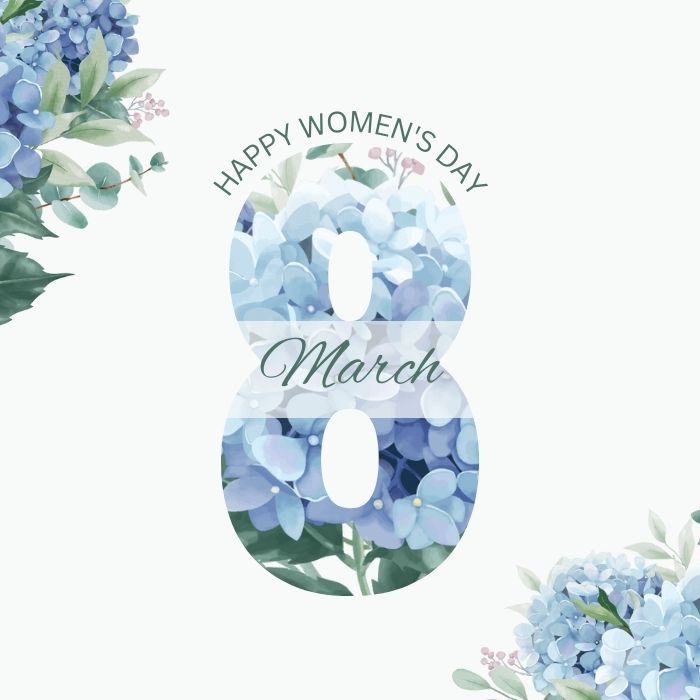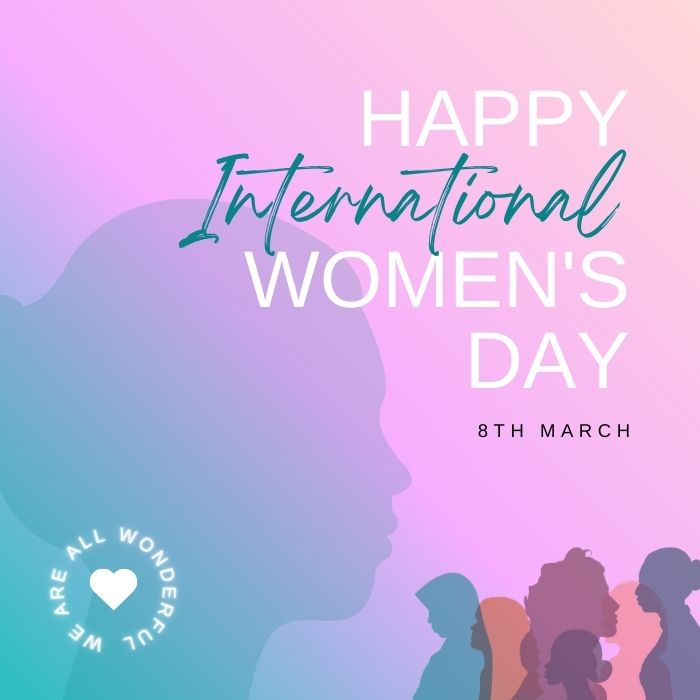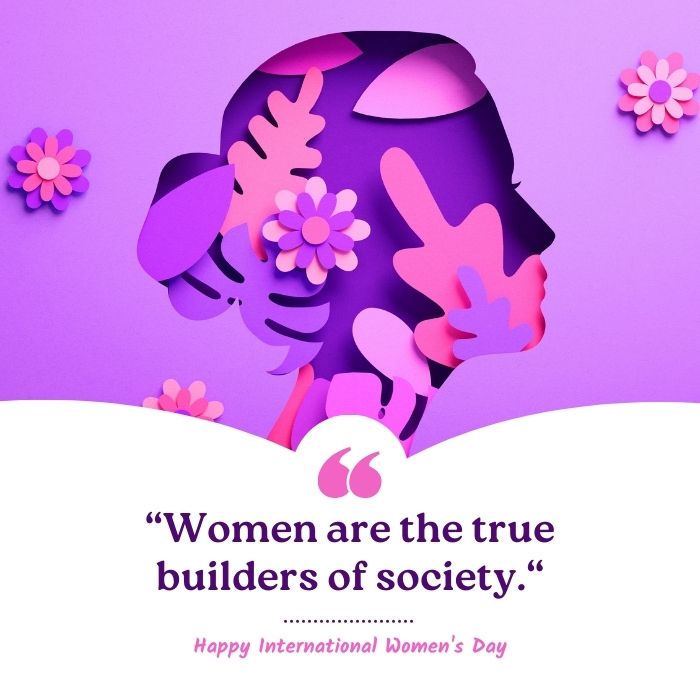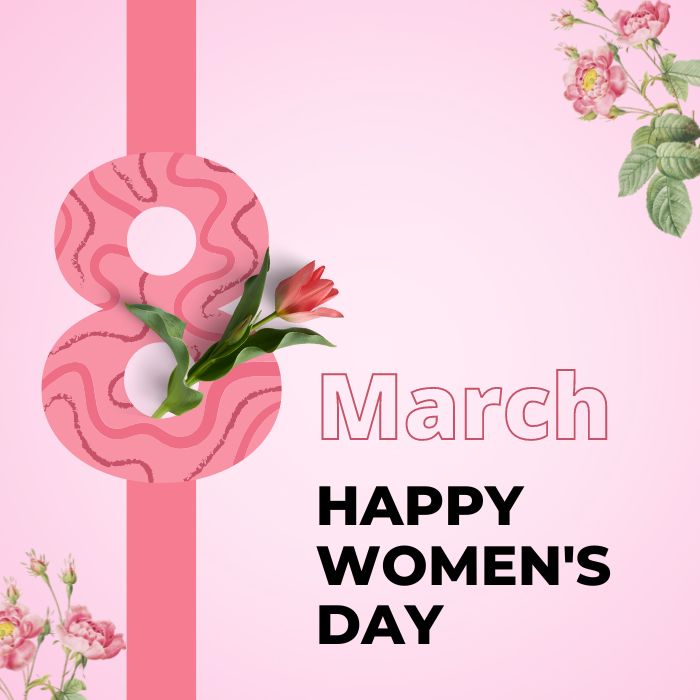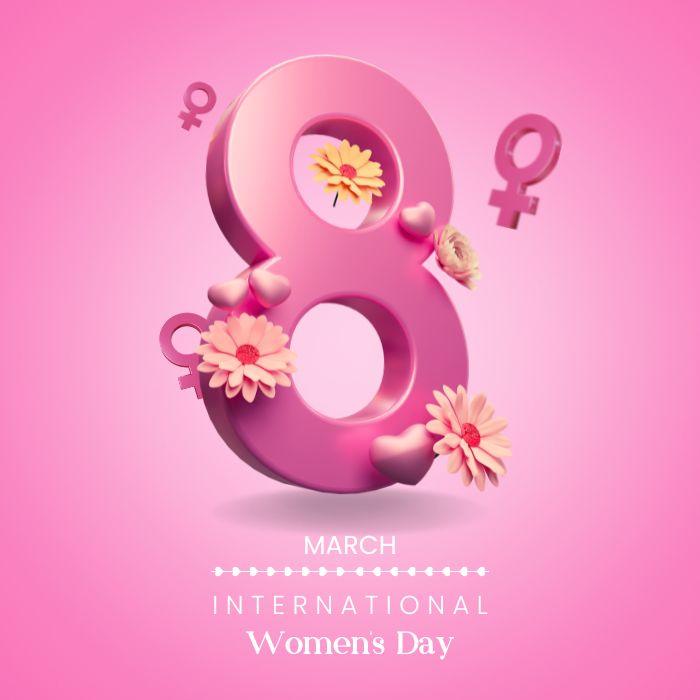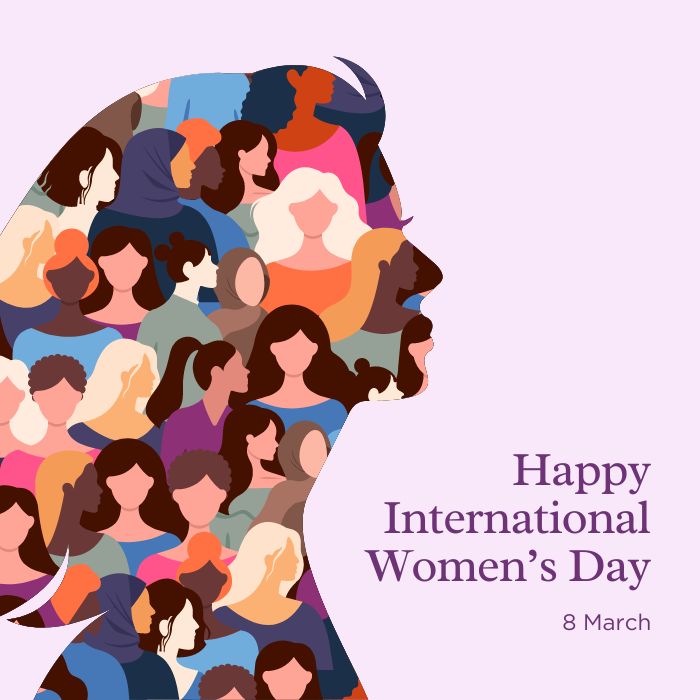Although it should be noted that the commemoration of International Women’s Day is a result of the demands of the trade union movement in the early 20th century in North America and Europe.
In 1909, the Socialist Party of the United States called for the celebration of Women’s Day in that country on February 28th.
A year later, the International Conference of Socialist Women met in Copenhagen and proclaimed the celebration of International Women’s Day, as a tribute to the movement for women’s rights and to help achieve universal women’s suffrage.
The proposal was unanimously approved by more than 100 women from 17 countries, including the first three women elected to the Finnish parliament. It was proposed that the celebration be held on March 8th.
On March 8th, 1910, the first Spanish woman gained access to university.
On March 25th, 1911, an event of significance for women’s rights occurred: a fire in a New York factory caused the death of 123 female workers. The incident highlighted the poor working conditions of women and led to changes in the law.
In 1917, in reaction to the 2 million Russian soldiers killed in the war, Russian women chose the last Sunday of February to go on strike demanding “bread and peace.” Four days later, the Tsar abdicated, and the provisional government granted women the right to vote. That historic Sunday was February 23rd, according to the Julian calendar then used in Russia, or March 8th, according to the Gregorian calendar used in other countries.
Why the Mimosa Flower is the Symbol of International Women’s Day
Every year on March 8th, International Women’s Day is celebrated around the globe, marked by demonstrations, events, and discussions focusing on women’s rights, achievements, and ongoing struggles for gender equality. Amidst the powerful messages and rallying cries, a delicate flower emerges as a symbol of strength, resilience, and beauty: the Mimosa. This vibrant yellow blossom, particularly associated with the day in many countries, holds a deep significance in the context of women’s rights and history.
The tradition of the Mimosa flower as a symbol of International Women’s Day has its roots in Italy, where it was first adopted in 1946. The choice of the Mimosa was influenced by several factors, including its bright yellow color, which signifies vitality and the awakening of spring. Moreover, the Mimosa blooms in early March, making it readily available for the occasion.
The Mimosa’s association with International Women’s Day is attributed to Italian feminists Teresa Mattei, Rita Montagnana, and Teresa Noce, who were looking for a symbol to replace the violets and lilies of the valley used in France and other European countries. They sought a flower that was not only abundant and affordable for every woman but also represented strength and sensitivity simultaneously. The Mimosa, with its bright, fragrant blossoms and ability to thrive in harsh conditions, was the perfect choice.
Beyond its aesthetic and symbolic appeal, the Mimosa flower embodies the essence of women’s fight for equality and justice. It represents women’s solidarity, the brightness of their achievements despite the challenges faced, and the continuous growth towards a more inclusive and equal world. The flower’s resilience mirrors the persistence of the women’s movement, highlighting the capacity to flourish despite adversity.
In Italy and beyond, the Mimosa is given to women as a sign of respect and appreciation on International Women’s Day. It serves as a reminder of the struggles overcome and the victories achieved in the quest for gender equality. Moreover, the tradition of gifting Mimosas has spread to other countries, becoming a universal symbol of appreciation, solidarity, and support for women’s rights.
The selection of the Mimosa flower as a symbol for International Women’s Day exemplifies the movement’s values of beauty, strength, and renewal. It serves as a vibrant reminder of the progress made and the work that still lies ahead in the fight for gender equality. As the world celebrates International Women’s Day, the Mimosa stands as a testament to women’s resilience, their contributions to society, and their ongoing struggle for rights and recognition.
Women’s Day Wishes inspirational images and quotes
- “Here’s to strong women: May we know them. May we be them. May we raise them. Wishing you a powerful International Women’s Day!”
- “Happy International Women’s Day! May your day be filled with the light of understanding, the warmth of community, and the strength of your convictions.”
- “To all the incredible women, shine on, not just today but every day. Happy Women’s Day!”
- “Here’s to celebrating you, the unsung heroines of everyday life. Your strength is the foundation of our society. Happy International Women’s Day!”
- “May your voice grow stronger, your dreams bigger, and your influence greater. Happy Women’s Day to all the phenomenal women out there!”
- “Remember, you are not a drop in the ocean, but the entire ocean in a drop. Happy International Women’s Day to the powerful sea of change you are!”
- “May this Women’s Day bring you the courage to break the glass ceiling and the will to pave paths in uncharted territories. Shine bright!”
- “On International Women’s Day, let us remember: Empowered women empower women. Here’s to lifting each other up, today and always!”
- “Happy Women’s Day! May you continue to inspire those around you with your wisdom, kindness, and courage. Here’s to making every day a celebration of women!”
- “To the trailblazers, the caretakers, the innovators, and the dreamers: may you continue to lead the way with grace and resilience. Happy International Women’s Day!”
READ ALSO. 8M: Series y películas para reflexionar sobre el Día de la Mujer 2024
